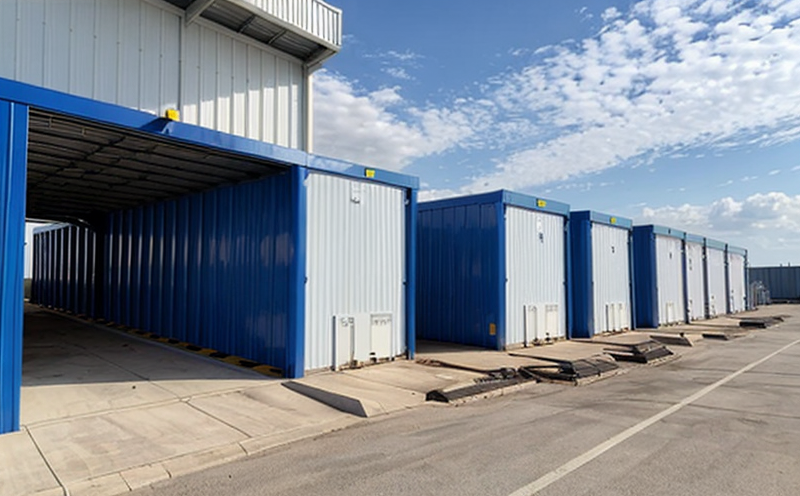Chemical storage inspection
The importance of a robust chemical storage system cannot be overstated in Environmental Health and Safety (EHS) management. Proper chemical storage is essential for minimizing risks associated with chemical exposure, preventing accidents, and ensuring compliance with regulatory standards.
Chemical storage inspections are conducted to ensure that chemicals are stored safely and securely according to best practices and applicable regulations such as OSHA 1926.150 or the Globally Harmonized System of Classification and Labeling of Chemicals (GHS). The inspection process typically involves checking storage facilities, labeling, segregation, temperature control, ventilation, and emergency response plans.
During these inspections, we employ a multi-step approach to assess compliance:
- Evaluation of the chemical storage area for proper ventilation and temperature control
- Inspection of labeling accuracy and compliance with GHS standards
- Review of segregation practices to prevent incompatible chemicals from being stored together
- Assessment of spill response plans and equipment availability
The primary goal is to identify any potential hazards or non-compliance issues, providing actionable recommendations for improvement. Compliance with standards such as ISO 14001:2015 ensures that organizations maintain a sustainable and safe environment.
| Aspect | Checklist Item |
|---|---|
| Facility Layout | Evaluation of the physical layout and its impact on safety. |
| Labeling | Verification of chemical labels against GHS standards. |
| Safety Data Sheets (SDS) | Review and update as necessary to ensure up-to-date information is available. |
| Emergency Response | Inspection of response plans, equipment, and procedures. |
Why It Matters
The consequences of improper chemical storage are severe. Accidents involving chemicals can lead to injury, environmental contamination, and even fatalities. Regulatory non-compliance can result in hefty fines and reputational damage.
A well-executed inspection not only mitigates these risks but also ensures that organizations meet their EHS objectives. By identifying potential hazards early, companies can implement corrective actions before incidents occur. This proactive approach aligns with the principles of sustainable development and supports a culture of safety within the organization.
Moreover, regular inspections help businesses stay current with evolving regulations and best practices. They provide an opportunity to review and update storage protocols, ensuring that they remain effective in safeguarding both people and the environment.
Why Choose This Test
- Comprehensive evaluation of all aspects of chemical storage facilities
- Detailed analysis using internationally recognized standards such as ISO 14001:2015 and GHS
- Expertise in identifying potential hazards and providing tailored recommendations for improvement
- Compliance verification with local, national, and international regulations
Our team of experienced professionals ensures that every aspect of chemical storage is thoroughly examined. We use the latest technology and methodologies to conduct inspections accurately and efficiently.
Use Cases and Application Examples
| Industry Sector | Scenario Description |
|---|---|
| Manufacturing | Inspection of a large-scale chemical storage facility in an automotive manufacturing plant to ensure compliance with OSHA standards. |
| Retail | Evaluation of a pharmacy's chemical storage area for adherence to GHS labeling requirements. |
- Identifying potential hazards in laboratory settings
- Assessing industrial sites for large-scale chemical storage facilities
- Evaluating retail and healthcare environments for compliance with local regulations
- Ensuring safety in public and private sector workplaces





